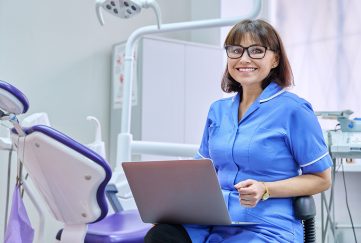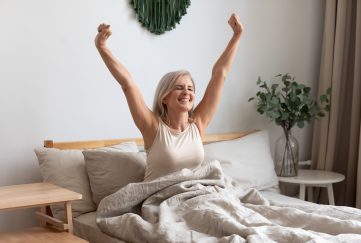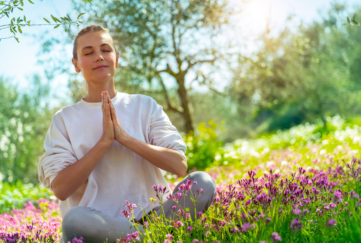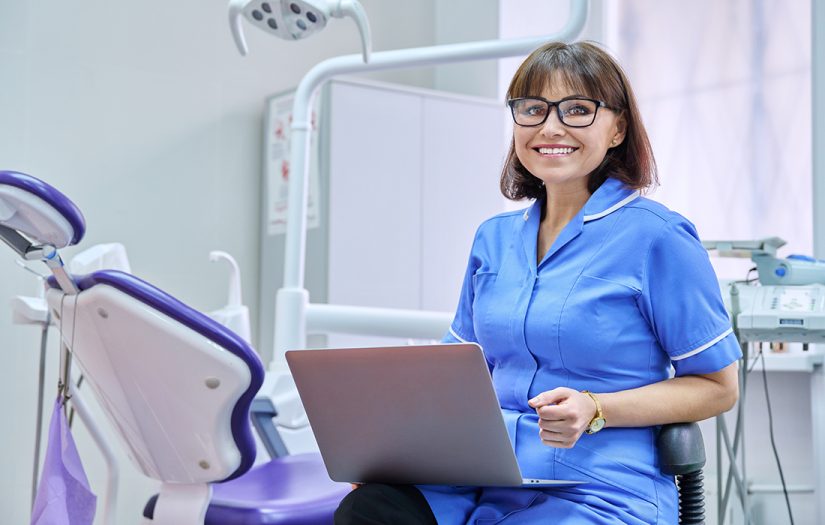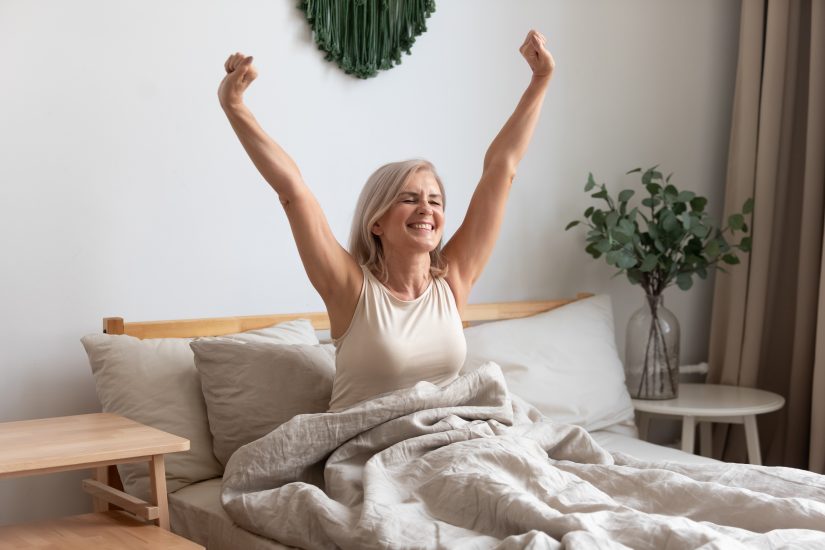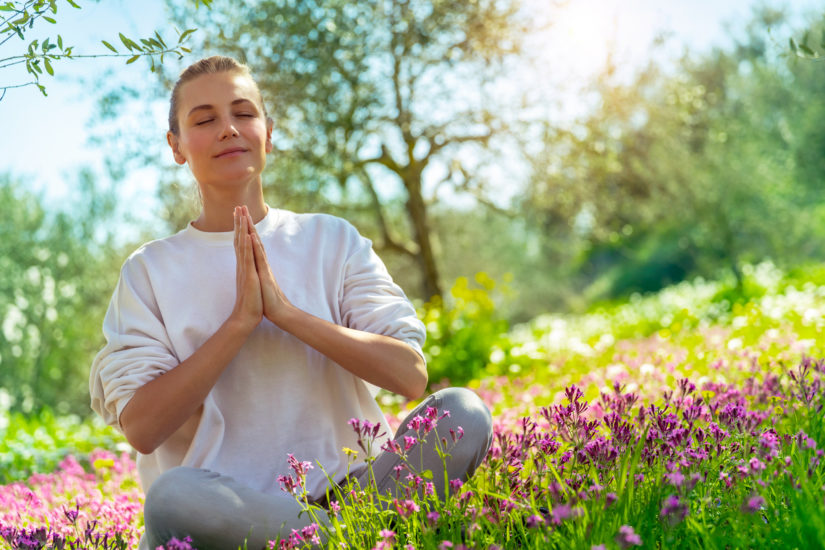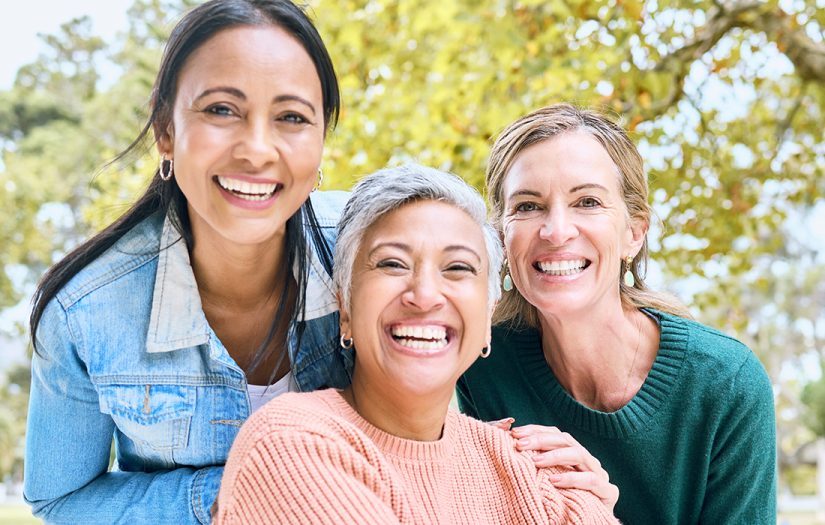Active Ageing And What It Means
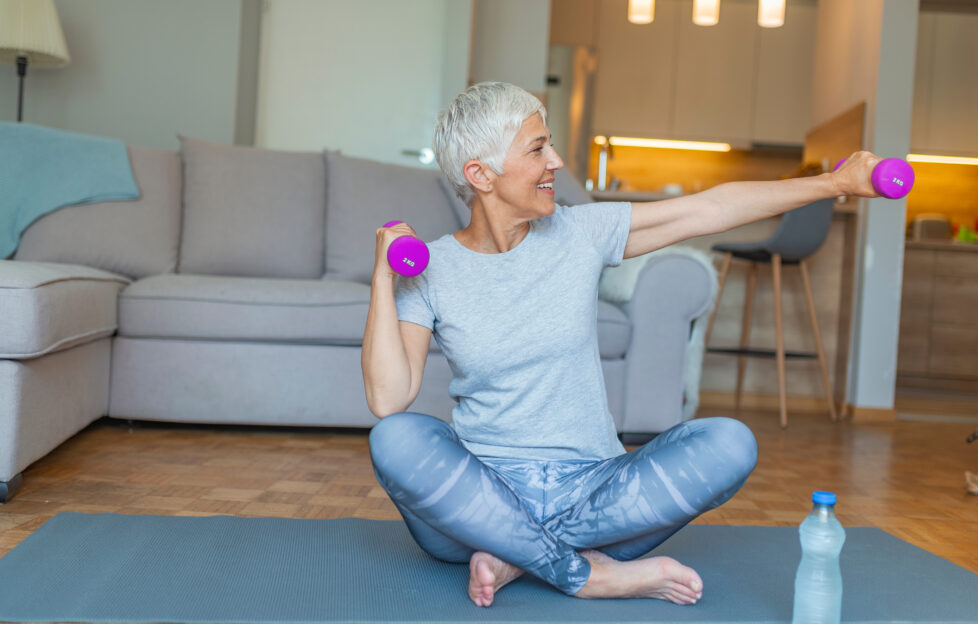
If you’d like to know more about the buzzwords “active ageing” and what it means – read on! It’s the concept of enhancing opportunities to enable people to be active, happy and healthy later in life. Exercising into your latter years has numerous health benefits. In fact, one study found that those who engage in at least three hours of recreational sport a week for 10 years between the ages of fifty and sixty could increase the life expectancy of formerly sedentary individuals.
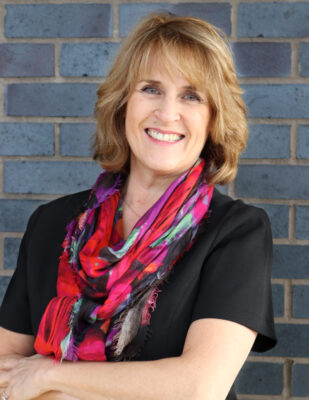
Julie Robinson. Courtesy of Move It Or Lose It.
Julie Robinson, optimal ageing expert and founder of fitness initiative, Move It or Lose it, explains.
“People are living longer than ever before and because of this, attitudes towards ageing are changing. It is no longer expected that you slow down in your later years. And, in fact, the opposite is now being promoted. It’s great to see such a positive shift in messaging and with musculoskeletal conditions being the leading cause of disability in the UK, it’s never been more important for people to prioritise joint health and keep active at any age.”
Hormonal Changes
Although numerous studies have concluded that physical activity is a key contributor to longevity, you should ensure you’re exercising in accordance with your age and ability. A routine which worked in your twenties may no longer be suitable. So what exactly should someone over the age of fifty be doing to keep fit?
Whilst younger adults often go straight into high-intensity workout routines which can run the risk of injuries, older adults have a natural decline in bone health and muscle mass. There’s also hormonal changes for women to contend with.
Unfortunately, many women find their joints suddenly become stiff and painful during perimenopause and menopause, which inevitably deters a natural desire to keep fit. Interestingly, joint pain affects as many as 40% of all menopausal women and joint stiffness is the most common contributor to impairment of quality of life and work in women of a menopausal age.
Active Ageing
Julie Robinson comments: “Joint pain may not subside when hormones level out after the menopause. But there are many lifestyle changes that can help ease the pain and prevent it from getting worse. Commonly affected joints include the knees and hips so be sure to implement some specific exercises to support these areas. Walking is a great low-impact exercise which supports both the knees and hips. Walking helps to keep the joints flexible and strengthens the surrounding muscles.”
Julie also recommends tailoring your fitness routine to incorporate both low-impact exercises and strength training.
“If you’re over fifty, try to tailor your exercise regime to accommodate for natural changes in joint health. I’d even recommend adding in gentle strength training to help build up lost strength from an age-related decrease in muscle mass. Weights can often feel intimidating but start off small and go at your own pace. Research suggests that when done regularly, strength training can help preserve bone density, independence and vitality.”
Help Relieve Discomfort
Staying active in your later years is imperative to help prevent physical decline. However, for the 20 million people in the UK suffering with a musculoskeletal condition such as arthritis, keeping up with a substantial exercise routine is not always possible.
Julie says, “Although I’m an advocate for active ageing, conditions such as arthritis can have a great impact on our desire to exercise. Pain and discomfort often accompany chronic health conditions, with many believing that exercise will exacerbate symptoms. In fact, keeping active can actually help relieve discomfort by reducing joint pain whilst increasing strength and flexibility. For those looking for additional support, joint movement may be made easier through the addition of a clinically backed supplement, such as GOPO® Joint Health which in numerous studies has been shown to reduce joint pain and stiffness.”
Find out more about GOPO® Joint Health at www.gopo.co.uk
More exercises recommended by Julie can be found here.


